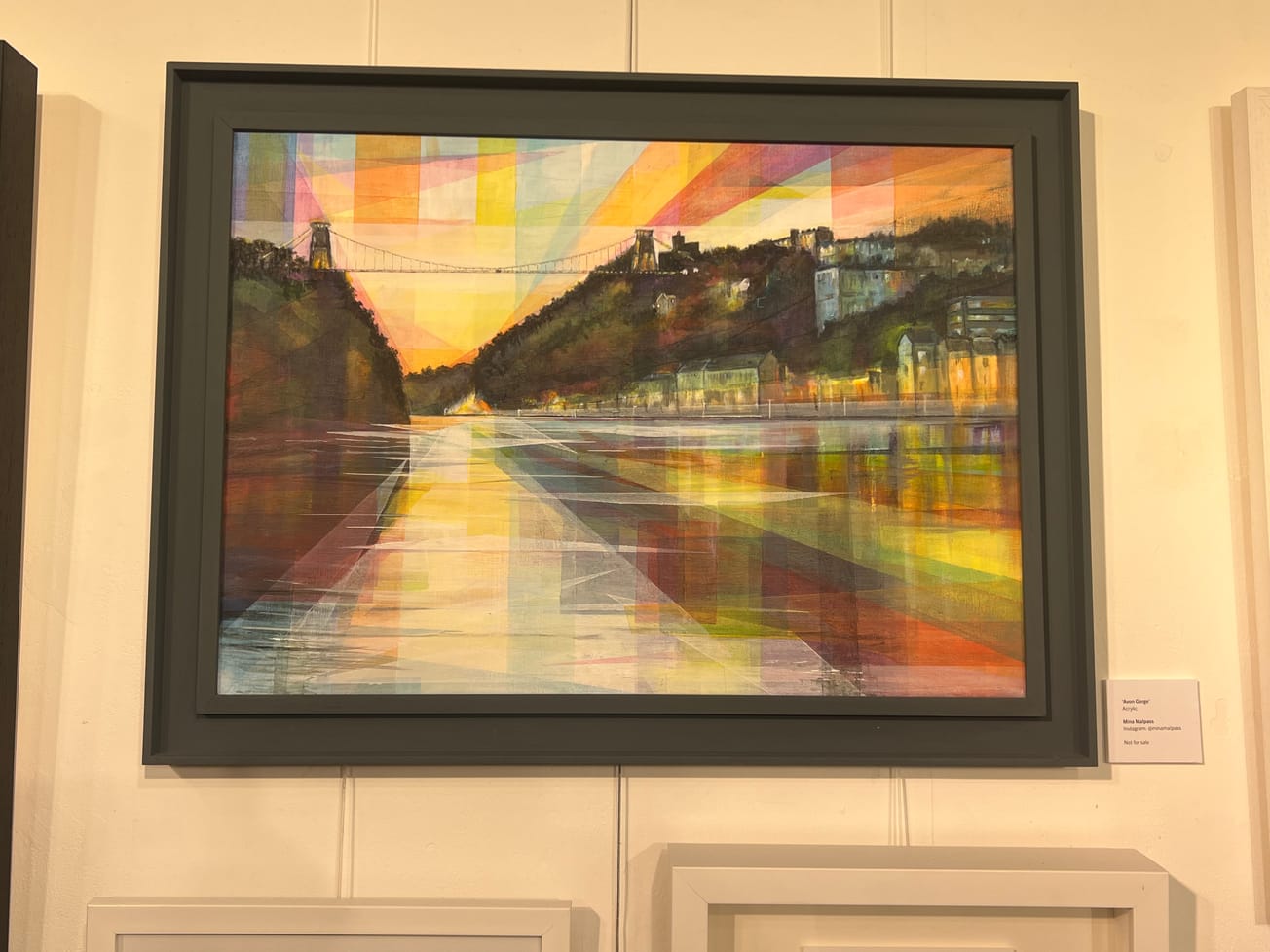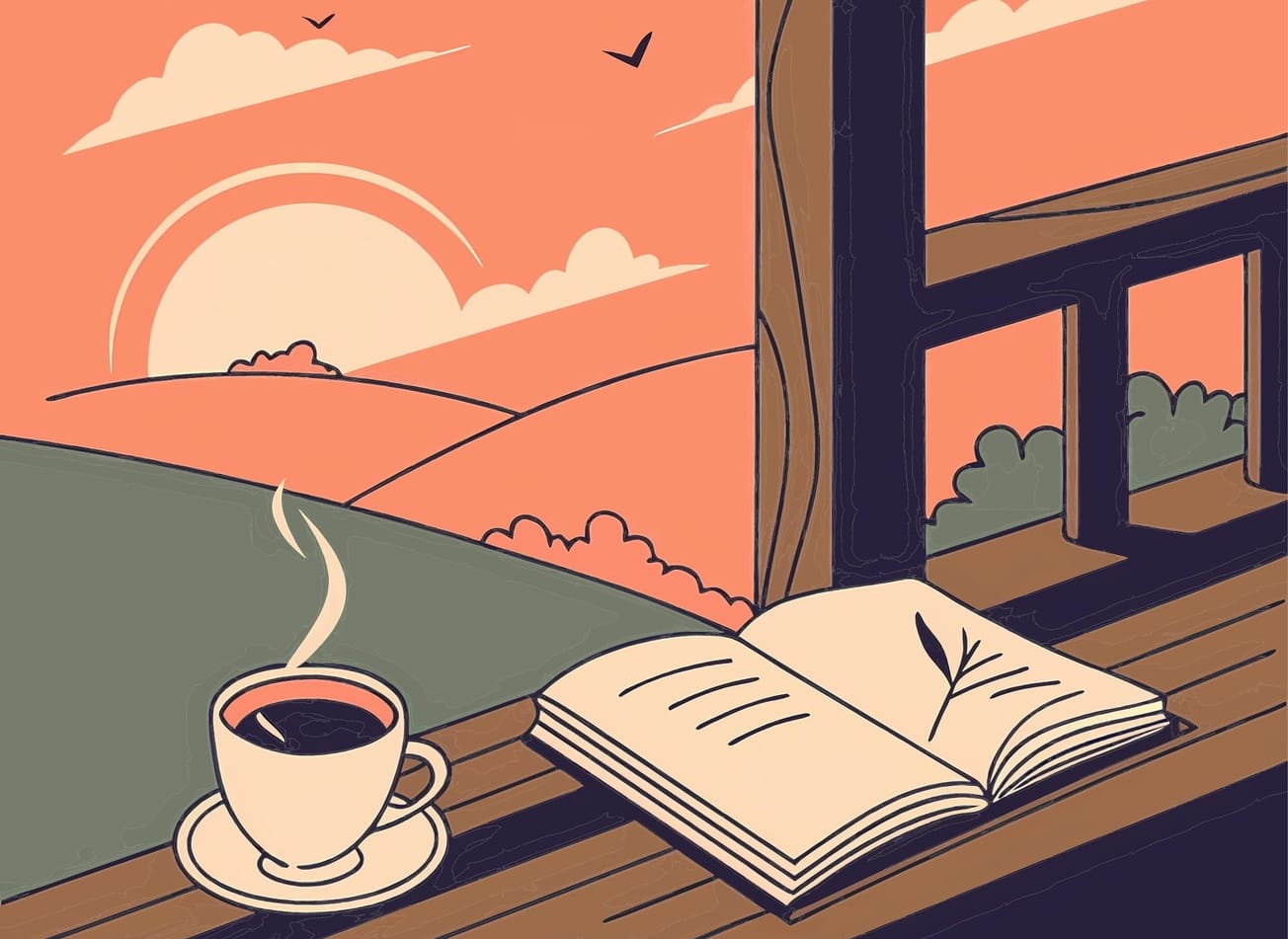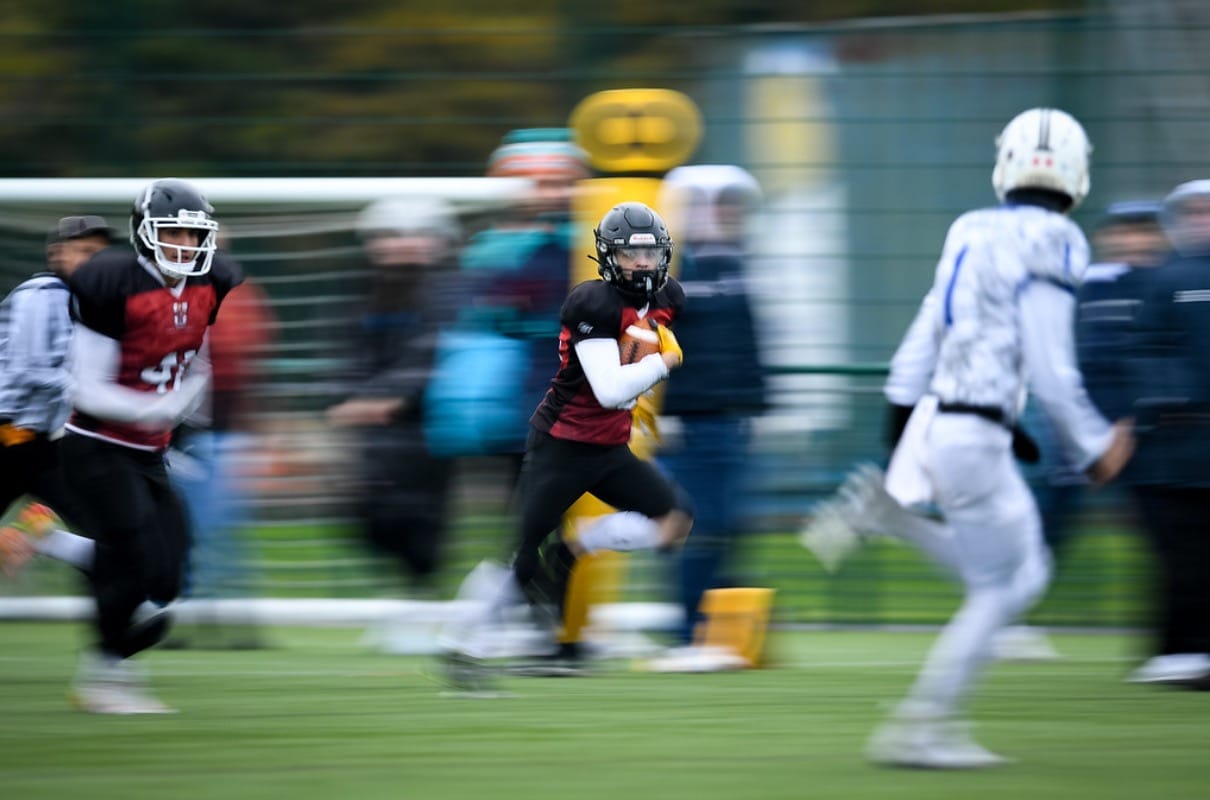By Bryony Chellew, third year English
Sketchbooks, abstract paintings and the marrying of scientific thought and art; Bryony Chellew reviews Albert Irvin's work at the RWA's Absract Expressionism exhibition.
Albert Irvin was an English Expressionist artist born in London in the 20th Century. His body of work took on a largely transitional and experimental journey, with Irvin often adopting new styles as regularly as the passing of decades.
The exhibition is divided into multiple galleries, each one presenting different sections of work from this movement, with the first gallery upon entry containing the largest and most varied selections of Irvin’s work. What is particularly striking about Irvin’s work is the surprisingly methodical creative processes he underwent in order to create the canvases showcased; upon first glance, his pieces look like a paragon of spontaneity, with large, harsh brush strokes and often visually salient colour palettes.

Epigram / Alina Young
However, Irvin’s sketchbooks, which are presented in glass cases distributed throughout the gallery, detail ‘trial’ runs done in fragments of coloured card, which he would use to gauge placement of brush strokes within his large canvas pieces - they are not ‘random’ as the style would perhaps initially suggest.
Also contained in these cases is a pair of Irvin’s ‘painting shoes’, which I first thought to be part of the art exhibition in a Grayson Perry-esque conception of covering a ‘masculine’ everyday object in coats of thick, often pastel acrylic. However, as was elucidated upon reading their description, they were merely the shoes worn by Irvin when in his work studio. This in itself I thought to be a pertinent thought process; the line between art/artist, as it were, was blurred, heightening the personal link between Irvin and his pieces further, as if his everyday items also became inescapably a part of the art they were used to create.
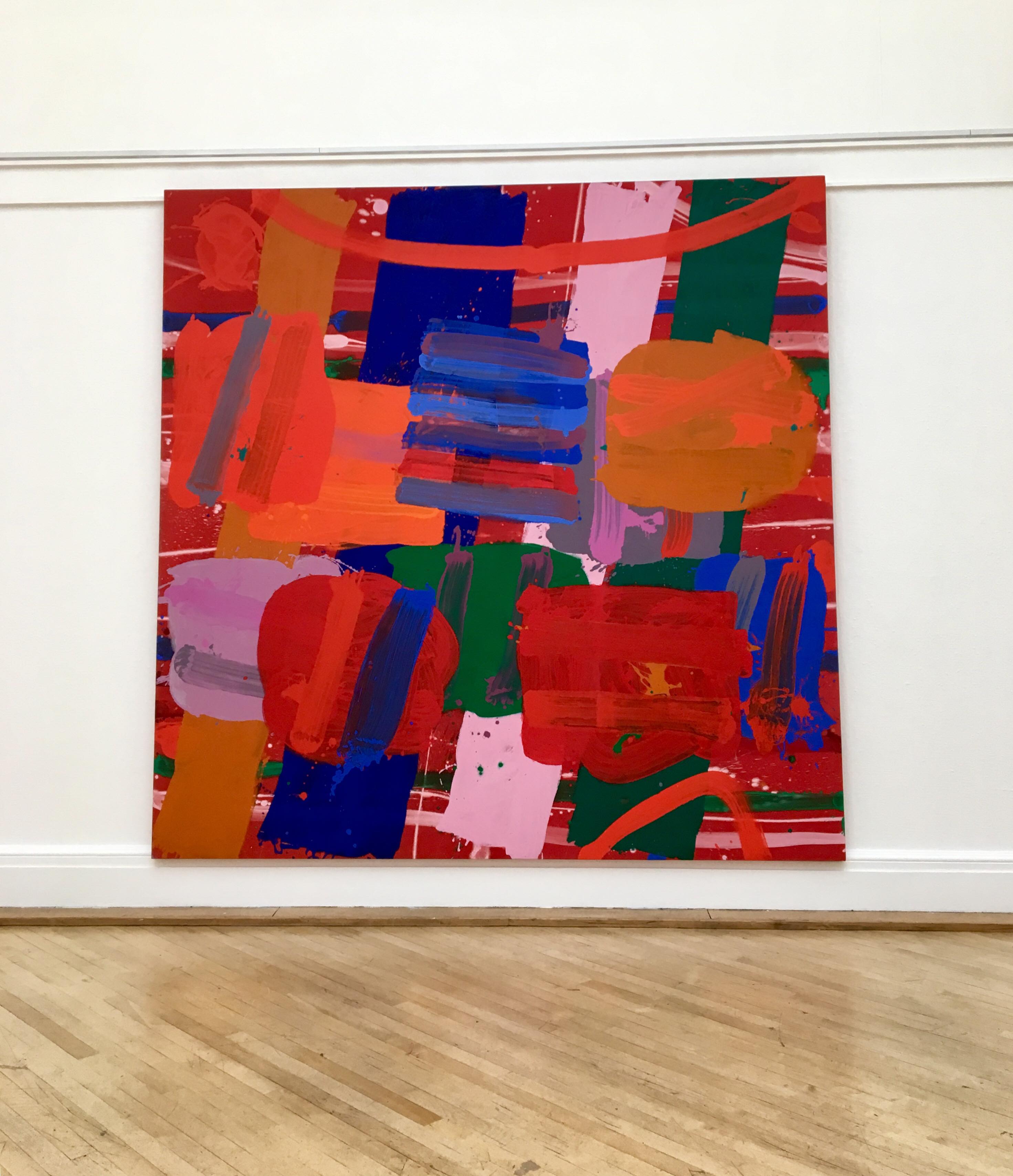
Epigram / Alina Young
In the early 70s Irvin adopted a lurid, psychedelic colour palette, shown in works such as ‘Rosetta’ and ‘Almada’, which take on a kind of ‘Rothko-on-crack’ quality, and these, along with ‘Into Black’ - an acrylic canvas piece which looks like old velvet - are hugely immersive and quite overwhelming. However, he later strayed from this and incorporated a more figurative technique, using more black to create pieces somewhat reminiscent of Picasso in terms of colour and style.
What is quite visceral about these pieces is the underlying implicature of alarm. In ‘Fallen Child in a Corridor’ and ‘Cellist’, these seemingly prosaic encounters are translated onto canvas with an almost demonic quality; the harsh brush strokes and use of colour contrast lend an idea of haziness, and being within immediate transition, but also of urgency and panic, something also felt when viewing the Jackson Pollock piece included in the exhibition. ‘Chicken in a Box’ continues this, detailing a mundane scene as described by the painting’s title, however the heavy use of black paint and microcosmic structure heed a kind of universal imprisonment and desperation to escape.
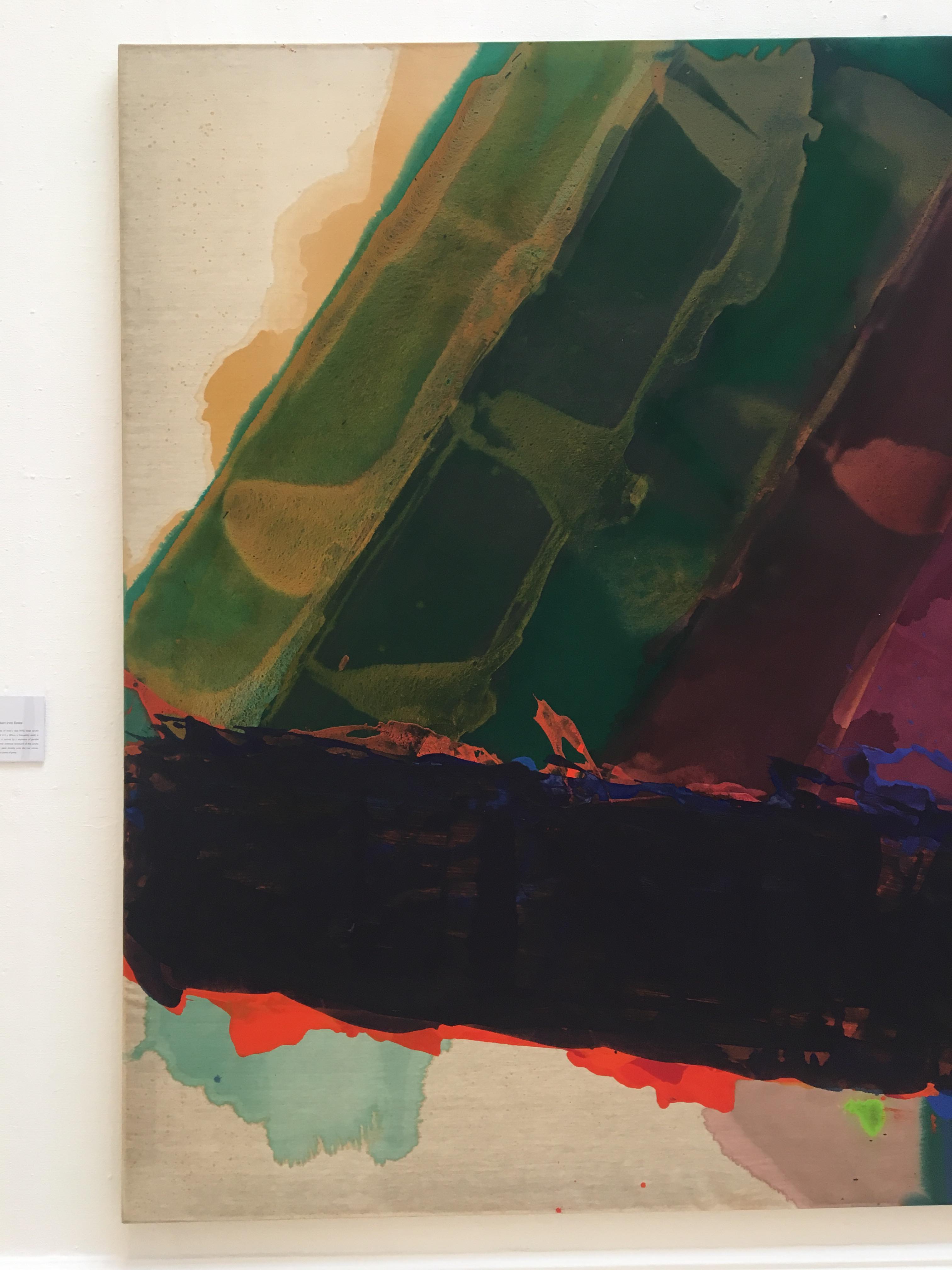
Epigram / Alina Young
As I was about to exit the exhibition, one of the gallery attendants, who had seen me observing Basil Beattie’s ‘When 1st is Last and Last is 1st’ (definitely a philosophy I will be employing when receiving my degree results), commented to me that he was actually a science teacher, and found a constant parallel between the two seemingly polar schools of scientific thought and art. And in light of this exhibition, I would have to agree with him - both, ultimately, are attempting to discover the universe, yet approach the task from different angles. There exists, perhaps, a tension in the desire to discover the world because it is maddeningly limitless, and dwarfs humanity - and both of these are qualities with which Irvin, and the rest of the artists in the exhibition, seamlessly imbue their work.
The Abstract Expressionism is on at the RWA until 3rd March and is free with a valid ucard.
(Featured image credits: Epigram / Alina Young)
What are your thoughts on this exhibition? Let us know in the comments below or on social media.


